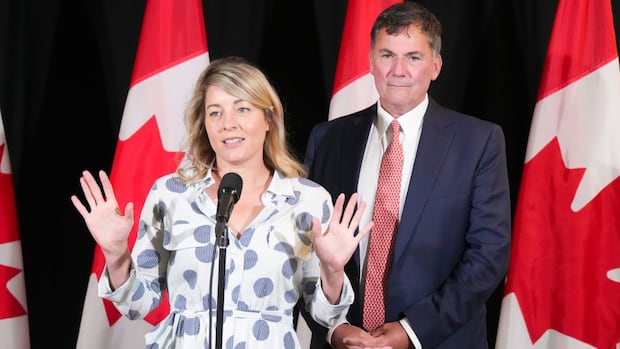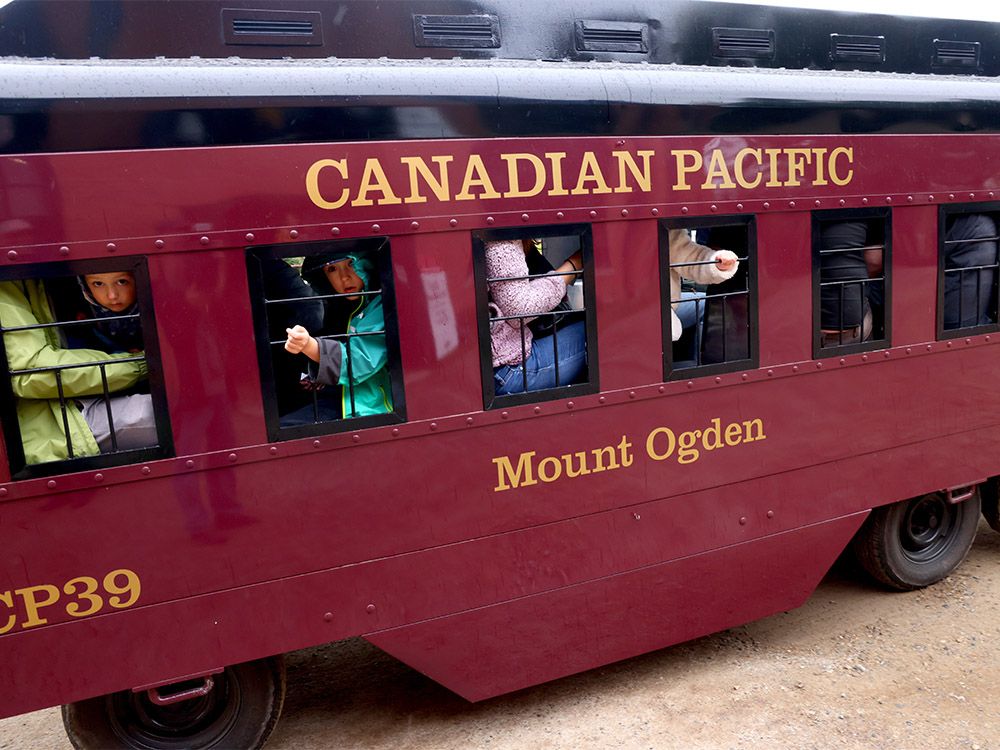Liberal platform promises $130B in new spending over 4 years, adding $225B to federal debt

The Liberal Party of Canada has unveiled an ambitious plan that promises almost $130 billion in new spending over the next four years. This, combined with existing spending, will result in a total addition of $225 billion to the federal debt. The re-elected Liberal government’s plan includes significant initiatives such as cutting the lowest marginal tax rate, which is estimated to cost the treasury about $22 billion over the next four years.
One of the key focuses of the party’s four-year plan is to increase defense spending by $18 billion in order to meet the two per cent NATO spending target. The platform emphasizes the importance of equipping Canada to detect and deter threats to its sovereignty, stating, “Canada must be equipped to defend our sovereignty in a world of growing threats.” The additional defense spending will not only go towards acquiring new equipment but also towards giving Canadian Armed Forces (CAF) members a raise, improving housing and benefits, modernizing recruitment processes, and addressing issues of sexual misconduct.
Liberal Leader Mark Carney has proposed a plan to double the pace of home building by creating a standalone agency called Build Canada Homes (BCH). This initiative, costing about $3 billion annually over the next four years, aims to oversee the construction of affordable housing in Canada. Additionally, the Liberal government plans to provide funding to municipalities to reduce development charges by half, at an annual cost of $1.5 billion over the next four years. Combined with tax incentives to repurpose buildings into housing, the platform pledges an additional $22 billion in spending over four years.
In terms of revenue and savings, the platform outlines a plan to increase government revenues by $51.8 billion over the four years, with a significant portion coming from tariffs, tax penalties, fines, and increased government efficiency. The platform projects that tariff revenue will contribute $20 billion in the first year alone, with the rest of the revenue increase coming from measures such as increasing tax penalties and fines through the Canada Revenue Agency (CRA) and enhancing government efficiency.
The Liberal platform also aims to separate operational spending from capital investments, with a focus on reducing the operating budget deficit from over $9 billion this year to just $220 million by 2028-29. By implementing these initiatives, the Liberal Party of Canada seeks to address key issues such as defense, housing affordability, and government revenue while aiming to ensure sustainable economic growth and fiscal responsibility.




